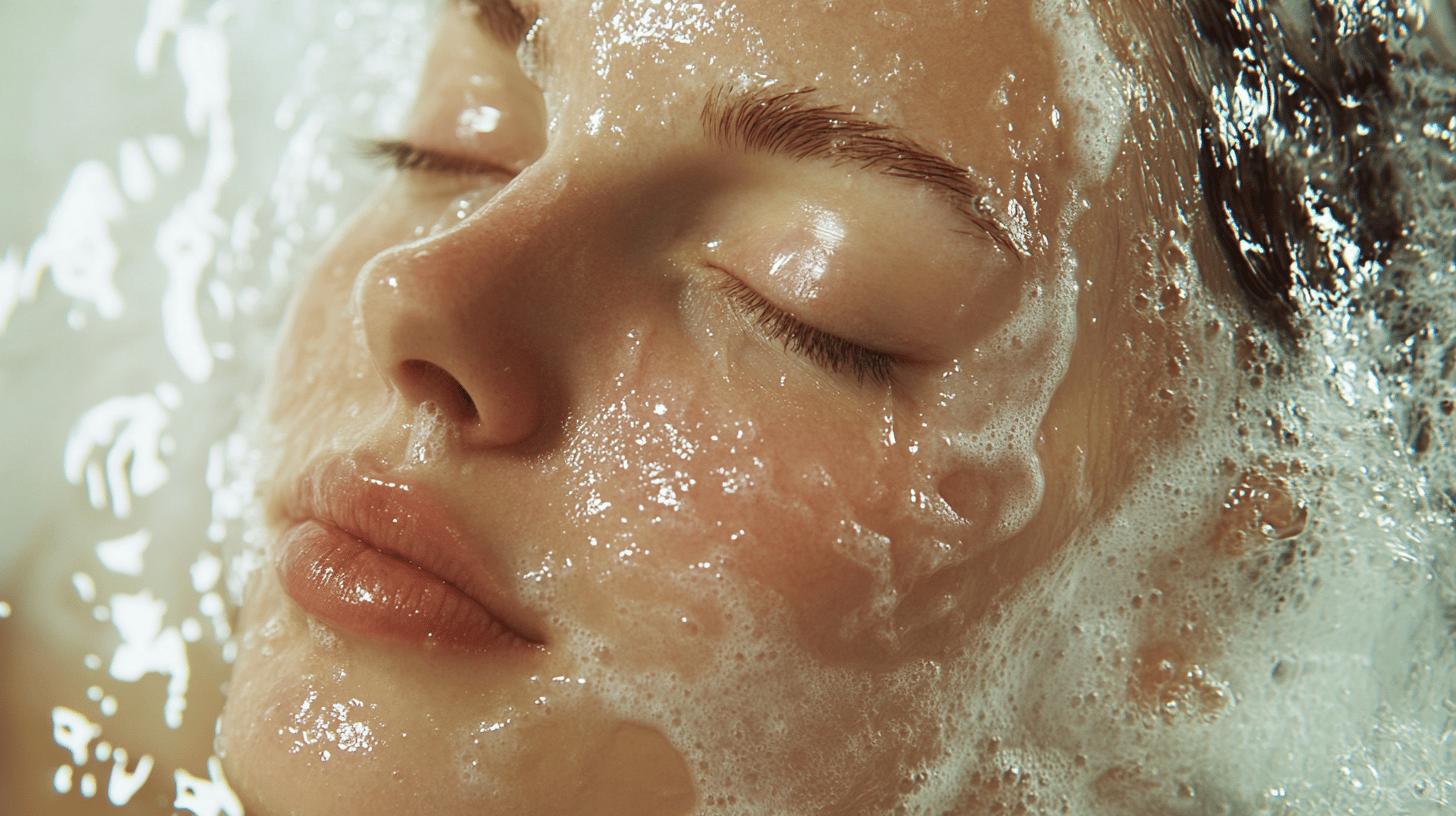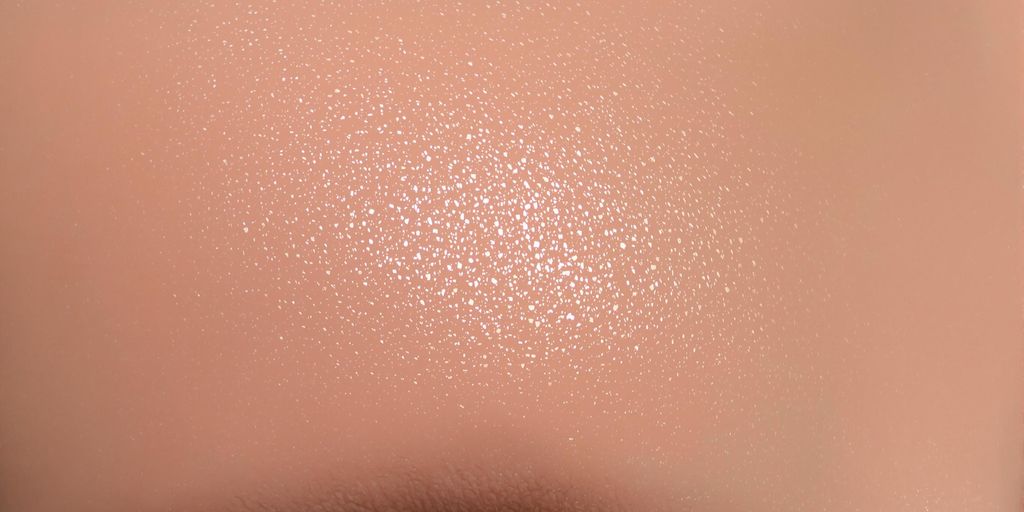Do you ever wonder how to achieve that smooth, flawless skin texture effortlessly? With the growing popularity of non-surgical skin treatments, chemical peels have emerged as a transformative option that intrigues many. Offering an array of benefits, from enhancing skin texture to minimising fine lines and hyperpigmentation, chemical peels are akin to a rejuvenating retreat for your complexion. Embark on a journey through this blog to unveil how these dermatological marvels can elevate your skincare regime, leading to a radiant and youthful glow.
Understanding the Benefits of Chemical Peels for Skin Texture Transformation
Chemical peels are a transformative dermatological treatment aimed at rejuvenating the skin by enhancing its texture and tone. The process involves the application of a chemical solution that exfoliates and removes the damaged outer layers of the skin. This not only promotes the production of collagen but also reveals a smoother, healthier complexion beneath. By targeting the superficial layers, chemical peels effectively address several skin concerns, making them a popular choice for individuals seeking a more youthful appearance.
The benefits of chemical peels extend beyond simple exfoliation. They play a crucial role in reducing fine lines and wrinkles, offering a non-invasive solution to combat signs of ageing. The treatment also significantly decreases hyperpigmentation, helping to even out skin tone and diminish dark spots. This makes chemical peels an ideal option for those looking to achieve a radiant complexion without resorting to more invasive procedures. Furthermore, by stimulating cell turnover, chemical peels contribute to overall skin rejuvenation, enhancing its natural glow and vitality.
For those considering chemical peels, understanding the specific benefits can aid in making an informed decision:
- Improves skin texture and tone, resulting in a smoother surface.
- Reduces fine lines and wrinkles, promoting a youthful look.
- Decreases hyperpigmentation, evening out skin tone.
- Enhances collagen production, supporting firmer skin.
- Stimulates cell turnover, revitalising the skin’s appearance.
These advantages make chemical peels a compelling choice for anyone aiming to transform their skin texture and achieve long-lasting results.
Exploring Different Types of Chemical Peels and Their Uses
Selecting the appropriate chemical peel type is crucial to achieving desired skin improvements while ensuring safety and effectiveness. Different peels cater to specific skin needs, varying in depth and active ingredients. Understanding the distinctions among superficial, medium, and deep peels allows individuals to make informed choices tailored to their skin concerns.
Superficial Peels
Superficial peels are the gentlest option, designed to address minor skin issues such as uneven tone, texture, and light pigmentation. They typically contain alpha hydroxy acids (AHAs), such as mandelic, lactic, and glycolic acids or beta hydroxy acids (BHAs), like salicylic acid. These peels exfoliate the outermost skin layer, making them suitable for those seeking mild rejuvenation with minimal downtime. The subtle improvements offered by superficial peels make them a popular choice for regular maintenance.
Medium Depth Peels
Medium-depth peels are more potent, often using trichloroacetic acid (TCA) to penetrate the upper dermis. These peels are effective for improving deeper lines, wrinkles, and acne scars. By targeting the mid-level layers of the skin, medium-depth peels stimulate collagen production and encourage more significant skin renewal. While they offer more dramatic results than superficial peels, they also require careful post-treatment care to prevent complications like hyperpigmentation.
Deep Peels
Deep peels provide the most dramatic skin transformation but also carry significant risks. These peels often use phenol to reach the reticular dermis, addressing severe wrinkles and extensive sun damage. Although the results can be remarkable, deep peels involve a lengthy recovery period and a higher risk of side effects, including scarring and cardiovascular concerns. They are typically reserved for individuals with substantial skin damage who are prepared for the rigorous aftercare process.
The Facial Peel Process: What to Expect Before, During, and After

Before undergoing a facial peel, preparation is crucial to ensure optimal results and minimise potential side effects. How should one prepare for a chemical peel? Initially, it involves thorough cleansing of the skin to remove any oils, makeup, and impurities. This step is essential in allowing the peel solution to penetrate effectively. Additionally, sensitive areas such as the eyes, lips, and nostrils may be protected with a barrier like Vaseline to prevent irritation. It is also advisable to avoid other exfoliating treatments and sun exposure for at least a week before the peel. This preparation helps in reducing the risk of complications and enhances the efficacy of the treatment.
During the chemical peel, what sensations might one experience? The application of the chemical solution to the skin typically results in a mild tingling or stinging sensation. This is a normal reaction and indicates that the solution is working to exfoliate the outer skin layers. Depending on the type and strength of the peel, the duration of the application may vary. The practitioner will closely monitor the skin’s response to ensure the safety and effectiveness of the procedure. Once the desired level of exfoliation is achieved, the solution is neutralised or removed, marking the end of the peeling procedure.
After the facial peel, what post-treatment care is essential? The skin may appear red and feel similar to a mild sunburn immediately following the treatment. This is a typical response and should subside within a few days. Post-peel care is critical in promoting healing and maintaining results. Patients are advised to avoid sun exposure, as the skin is more sensitive to UV radiation during recovery. Gentle skincare products that do not irritate the skin should be used to cleanse and moisturise. It’s also important to avoid picking or peeling any flaking skin, as this can lead to scarring or uneven results.
- Avoid sun exposure and wear sunscreen if outdoors
- Use gentle, non-irritating skincare products
- Do not pick or peel flaking skin
- Keep the skin moisturised and hydrated
Proper adherence to these guidelines ensures a smoother recovery and enhances the benefits of the chemical peel, ultimately leading to improved skin texture and appearance.
Safety and Suitability: Is a Chemical Peel Right for Your Skin Type?
Are chemical peels safe for sensitive skin? The safety of chemical peels largely depends on selecting the right type for your skin. Consulting a dermatologist is essential, as they can recommend the most appropriate peel based on your skin type and concerns. Dermatologists also conduct peel sensitivity testing to determine how your skin may react to the treatment. This personalised approach helps minimise irritation and potential side effects, ensuring a safe and effective outcome.
What factors influence the suitability of a chemical peel? Chemical peels are generally suitable for most skin types, but professional guidance ensures the best results. Factors such as skin sensitivity, existing skin conditions, and desired outcomes play a critical role in determining the right peel. Individuals with conditions like rosacea or eczema may require special consideration to avoid exacerbating their symptoms. Understanding these factors helps tailor the treatment to meet individual skin needs safely.
- Consult a dermatologist for personalised advice
- Conduct peel sensitivity testing before treatment
- Avoid peels if experiencing active skin infections
- Follow post-treatment care instructions diligently
- Protect skin from sun exposure after the peel
These safety considerations and professional guidance ensure that chemical peels are both effective and suitable for enhancing skin texture across various skin types.
Achieving Optimal Results: Frequency and Customisation of Chemical Peels
How often should chemical peels be performed? The frequency of chemical peel treatments is largely determined by the type of peel and individual skin needs. Superficial peels, known for their gentle nature, can be administered every few weeks to maintain a smooth and refreshed complexion. In contrast, deeper peels require several months for recovery, making them suitable for more significant skin issues but necessitating less frequent application. By understanding these variances, individuals can better plan their skincare routine to achieve and maintain smooth skin effectively.
Why is customisation important in chemical peel treatments? Customising chemical peel treatments is crucial for addressing specific skin concerns and achieving optimal results. A dermatologist plays a vital role in this process, offering expert guidance to tailor the treatment to individual needs. By assessing skin type, sensitivity, and desired outcomes, dermatologists can recommend the most appropriate peel and schedule, ensuring both safety and efficacy. This personalised approach not only maximises the benefits of the treatment but also minimises potential risks.
- Skin type and sensitivity influence peel frequency and type.
- Desired results dictate the intensity and regularity of treatments.
- Dermatologist guidance ensures safe and effective customisation.
In conclusion, the strategic frequency and customisation of chemical peels are essential for achieving the desired skin transformation. Through professional assessment and tailored treatment plans, individuals can enjoy the benefits of smoother, healthier skin while minimising the risk of adverse effects.
Expert Insights: Testimonials and Recommendations for Chemical Peels

Why are dermatologist recommendations crucial for chemical peels? Professional guidance is essential to ensure patient safety and satisfaction. Dermatologists provide personalised skincare treatments tailored to individual needs, reducing the risk of adverse effects and enhancing the overall efficacy of the peel. An in-depth consultation helps to assess skin type, concerns, and goals, allowing for a treatment plan that maximises results while ensuring safety.
Success Story: Transforming Skin with Chemical Peels
Consider the experience of Sarah, a 35-year-old client seeking to improve her skin texture and reduce fine lines. After a thorough consultation at flawless.clinic, a customised peel plan was developed to address her specific concerns. Within just a few sessions, Sarah noticed a significant transformation in her skin’s appearance, with a smoother texture and a more radiant complexion. Her success story underscores the impact of professional recommendations and personalised treatment plans in achieving optimal results.
Final Words
Exploring the benefits of chemical peels reveals their transformative potential in improving skin texture. By removing damaged layers and promoting collagen production, peels enhance complexion and tone while addressing fine lines and hyperpigmentation.
Understanding the different types of peels, from superficial to deep, aids in selecting the right treatment for specific skin needs. The entire process, from preparation to aftercare, requires informed choices and careful consideration of safety.
Regular consultations with dermatologists ensure optimal peel frequency and customisation. With expert insights and testimonials affirming their effectiveness, chemical peels present a promising approach to achieving smooth, rejuvenated skin.
FAQ
Will a chemical peel improve skin texture?
A chemical peel significantly enhances skin texture by exfoliating and removing damaged layers, which promotes the production of collagen and reveals a smoother, healthier complexion.
What are the 3 benefits of a chemical peel?
A chemical peel offers several benefits, such as:
- Improved skin tone and texture
- Reduction of fine lines and wrinkles
- Decreased hyperpigmentation
What does your face look like 3 days after a chemical peel?
Three days after a chemical peel, the face might appear slightly red, resembling a mild sunburn, which is normal. The initial peeling reveals fresh, smoother skin beneath.
How much is a chemical peel in the UK?
The cost of a chemical peel in the UK varies based on the type and provider but typically ranges from £60 to £500. It is advisable to consult a reputable clinic for precise pricing.






